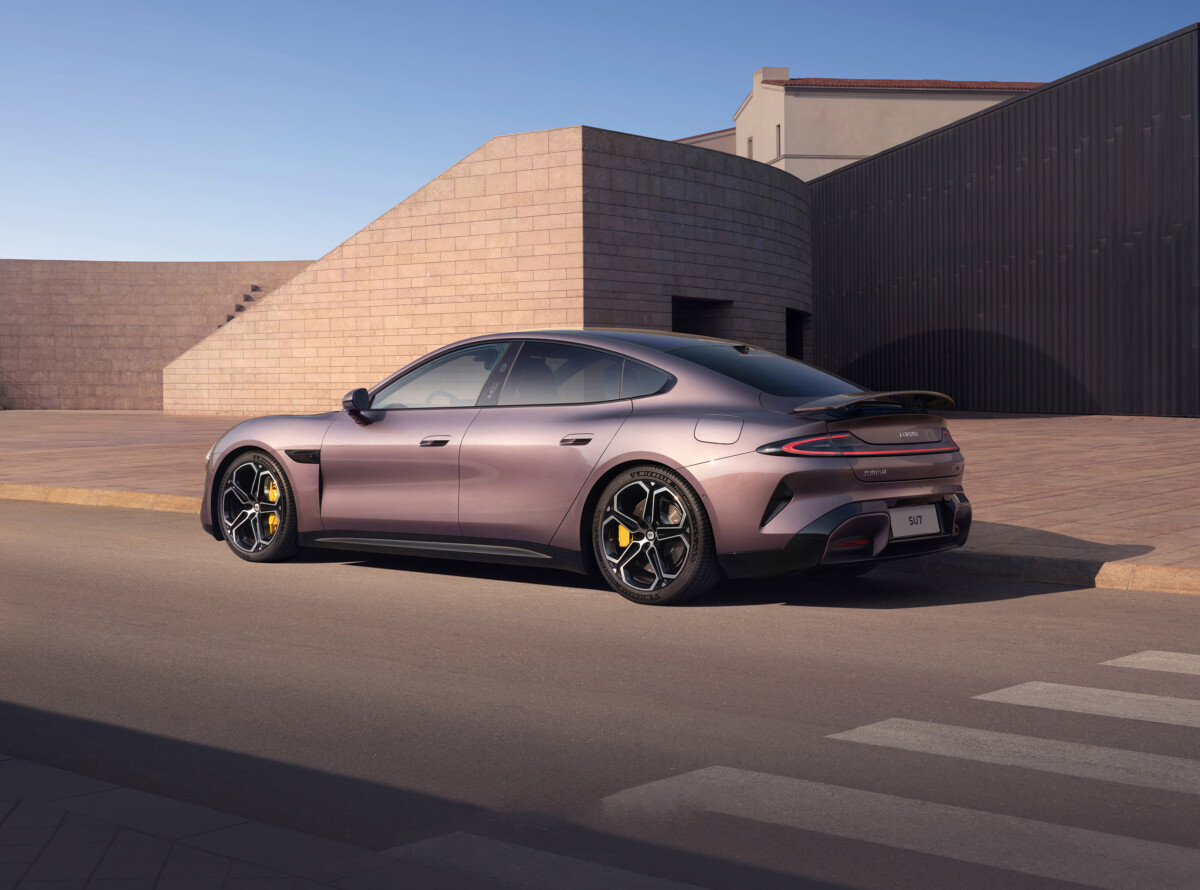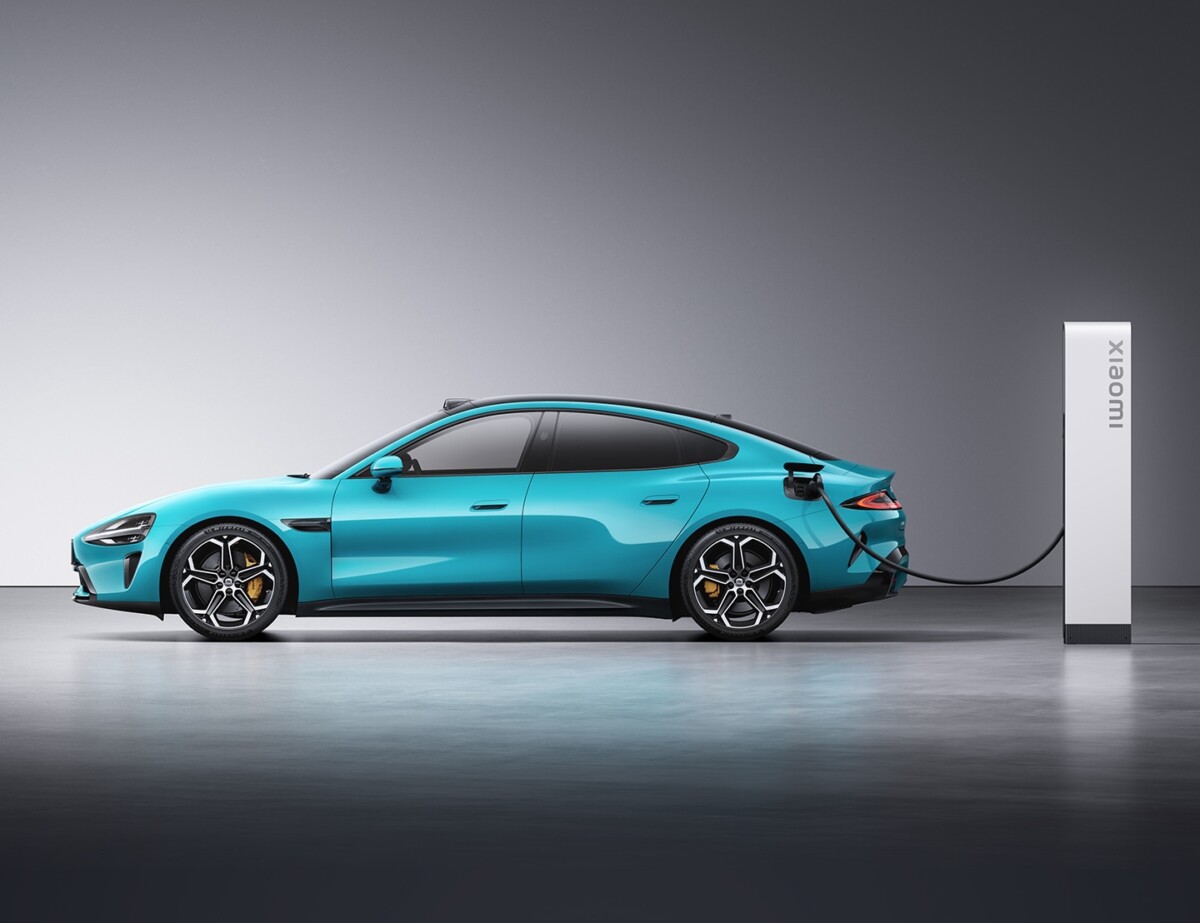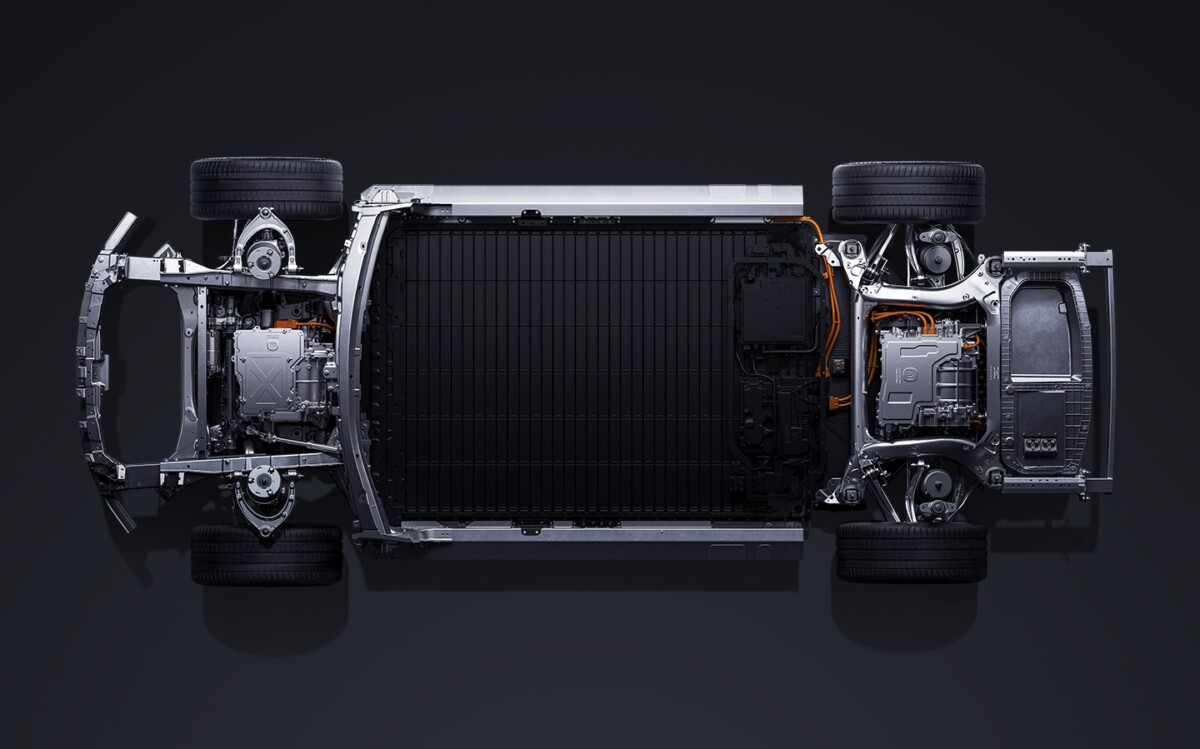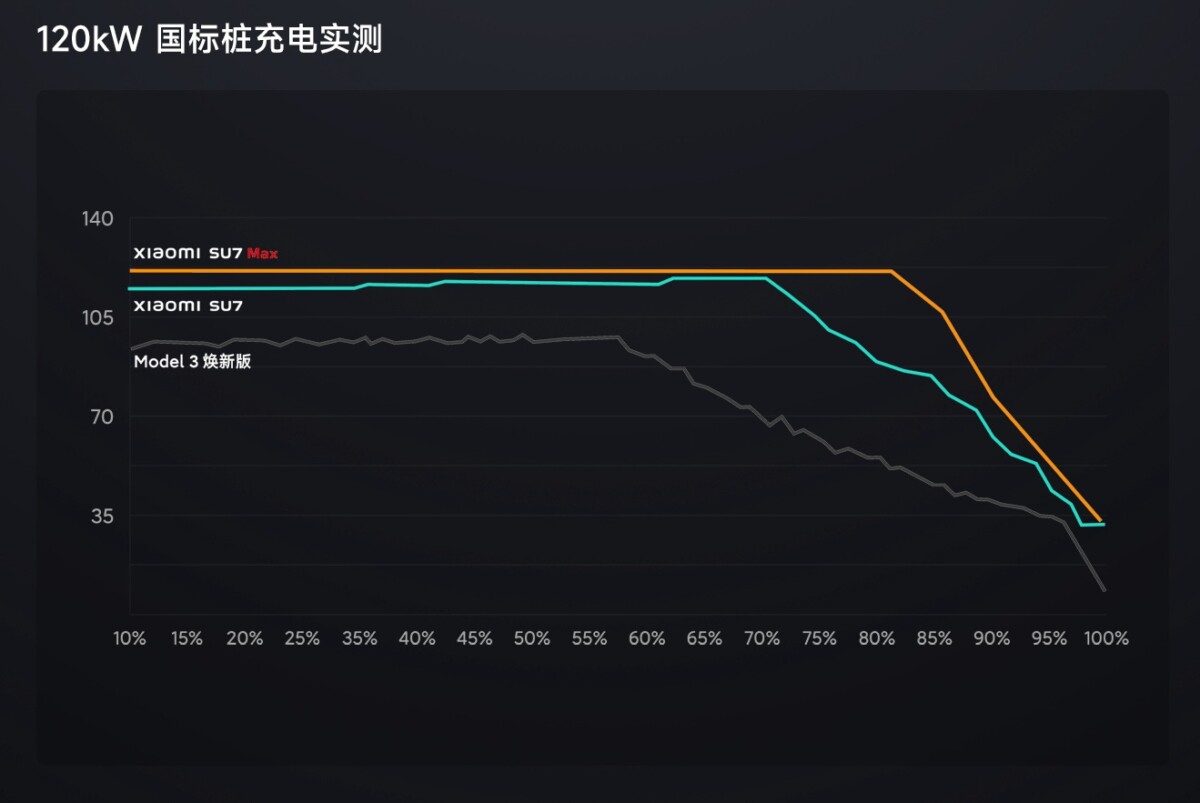Here we are ! The Xiaomi SU7, the Chinese tech giant’s first electric car, is officially launched. The opportunity to know all its details, and in particular the recharge times of its different versions. They are good, but only the most expensive version outperforms equivalent Teslas. Here are all the numbers.
We thought we knew everything about Xiaomi SU7 after its first presentation in December 2023… but we were wrong. Of course, we had learned a lot of things, like its super powerful engines or its top quality interfaces, but we were still missing some elements on this new electric car.
Among these: the charging times and the technologies of the different batteries offered on the SU7. A wait that has just ended with the official launch of the brand’s first electric car, where all the missing details were sent to us, notably via the official website.
Three versions available
The Xiaomi SU7 is therefore available in three versions : there SU7 “quite simply” 299 hpavailable at 215,900 yuan (around 27,700 euros), the SU7 Pro of 299 hp also (but with a larger battery) to 245,900 yuan (around 31,500 euros) and, finally, the SU7 Max of 673 hp has 299,900 yuan (around 38,500 euros).

Surprisingly, these three versions each have a different type of battery. To make it simple:
- There SU7 is entitled to the famous LFP battery Blade from BYD, with a capacity of 73.6 kWh for a CLTC autonomy of 700 km ;
- There SU7 Pro prefer battery Shenxing from CATL, the other battery giant, in a version of 94.3 kWhpromising CLTC autonomy of 830 km ;
- There SU7 Max stays with CATL, but benefits from the famous Qilin with a capacity of 101 kWh. It is the largest capacity, but the sporting inclinations of this version lower the autonomy to 810km CLTC “only”.

Three things to note: the first is that the two 400 volt batteries are LFP (lithium-iron-phosphate) type, unlike the 800 volt which is NMC (nickel-manganese-cobalt). The second is that CATL has revised its two batteries especially for the Xiaomi SU7.
The last is that the autonomy announced in CLTC is quite unrealistic ; less, in any case, than those calculated according to the European WLTP cycle. By converting, we estimate the three autonomy to respectively 620, 730 and 715 km in WLTP.
Express recharge times
Having a long battery life is good, recharging quickly is even better. For once, Xiaomi has surrounded itself well, with very competitive batteries when installed in electric cars already on sale.

Let’s see what happens. The SU7 and SU7 Pro benefit from a “classic” architecture 400 voltslike the overwhelming majority of the current market, but this does not deprive them of winning 138 km in 5 minutes charging (i.e. 20% of the battery of the SU7 and 16% of that of the Pro) and 350 km in 15 minutes (respectively 50 and 42% of the batteries).
Batteries having different capacities, recharge times inevitably change: going from 10 to 80% will ask you 25 minutes for SU7against 30 minutes for the SU7 Pro. These remain good scores for the category, comparable to those of Teslas (which are all 400 volts, except Cybertruck).

For the SU7 Maxon the other hand, we change universe, since it carries a 800 volt architecturesynonymous with much higher charging speeds.
And this is confirmed: + 220 km in 5 minutes (i.e. 27% of the battery), + 510 km in 15 minutes (63% of the battery), and a 10-80% shipped in 19 minutes. It’s remarkable… but the competition sometimes does better. The Zeekr 001, although equipped with a Shenxing battery, delivers 10-80% in just 11 minutes and in 15 minutes with the Qilin battery.
A load curve a priori mastered
If these good scores are achieved, more than the maximum achievable power, it is above all the load curve who is determining. In other words, how much power the car will be able to receive over time, knowing that it tends to decrease as the battery fills up.

And there, good news: the graph provided by Xiaomi shows us a clearly very controlled curve. More than the plateau, normal since it is a 120 kW terminal for the example, it is the curve which hardly weakens at the end of the charge. HAS 80%the SU7 still takes approx. 90kW and the SU7 Max even pushes to keep the 120kW !
Impressive scores… but which remain theoretical For now. To see, therefore, during the first tests, how this Xiaomi SU7 will do.
